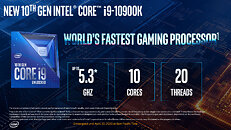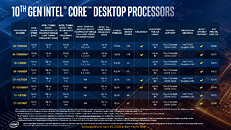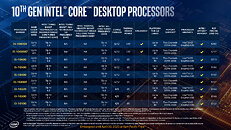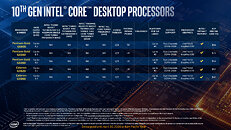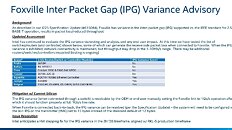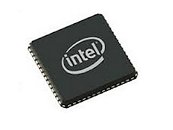
Intel Releases Windows Workaround and Patch for Ethernet Stuttering and Disconnects
At the end of January, we reported on issues with Intel's i226-V 2.5 Gbps Ethernet controllers, which are used on a wide range of motherboards with both Intel and AMD CPUs, where users were having issues with stuttering and connections dropping. Intel has now released a workaround and a patch for the issue, not only for the i226, but also the i225 and the Killer E3100 2.5 Gbps network controller. What the workaround does, is disable the Energy-Efficient Ethernet mode, or EEE as it's also known as. EEE is only supposed to kick in when an Ethernet connection is idle and it's said to reduce power consumption by up to 50 percent.
However, in this case, it seems like EEE kicks in even when the Ethernet connection is active, which is causing the stuttering and connection dropouts. The patch disables EEE for all speeds above 100 Mbps, but it's also possible to disable EEE manually in the device settings in Windows. MSI is the first motherboard manufacturer to have released an updated driver on its site, but as this isn't a final solution to the problem, it's unlikely that this is the last we'll hear about the issue. Intel is apparently working on finding the root cause of the problem, but it's unclear if it's going to be possible to patch it in software or if a hardware revision is going to be required in the end.Update Mar 4th: User @lovingbenji reports that on his system this new driver version does not fix the disconnect issue.
However, in this case, it seems like EEE kicks in even when the Ethernet connection is active, which is causing the stuttering and connection dropouts. The patch disables EEE for all speeds above 100 Mbps, but it's also possible to disable EEE manually in the device settings in Windows. MSI is the first motherboard manufacturer to have released an updated driver on its site, but as this isn't a final solution to the problem, it's unlikely that this is the last we'll hear about the issue. Intel is apparently working on finding the root cause of the problem, but it's unclear if it's going to be possible to patch it in software or if a hardware revision is going to be required in the end.Update Mar 4th: User @lovingbenji reports that on his system this new driver version does not fix the disconnect issue.

